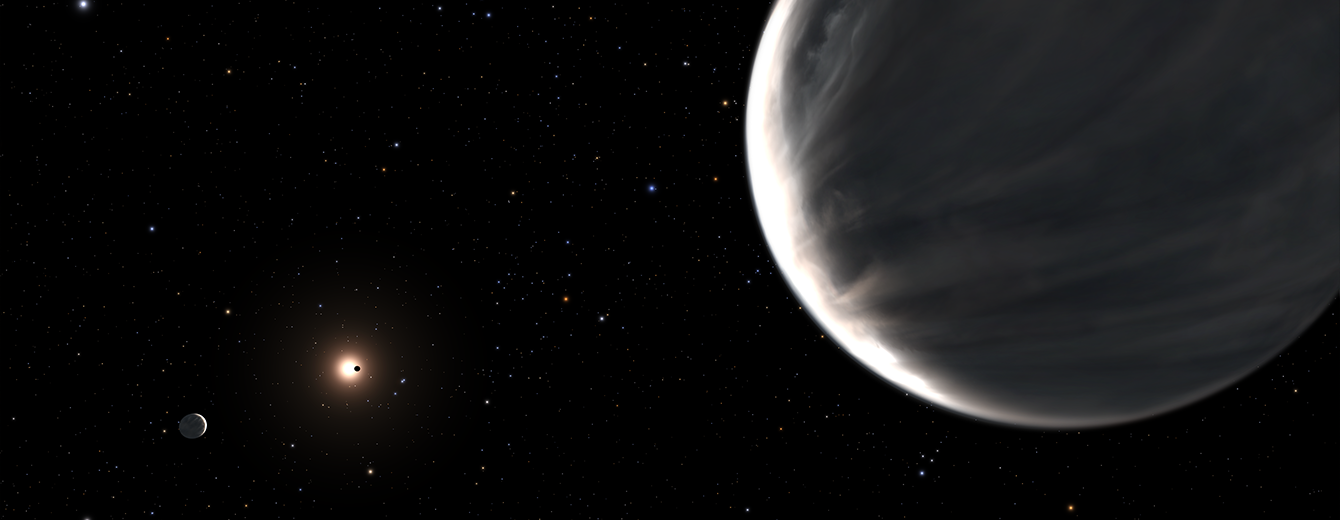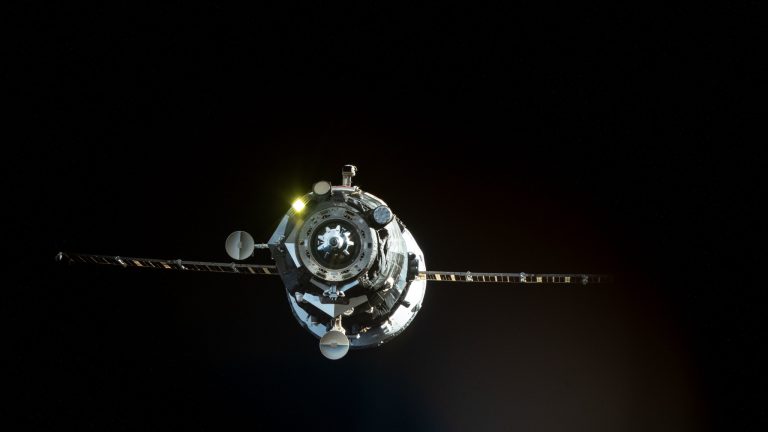Two planets that were originally discovered by the Kepler mission may not be what we thought they were. Based on an initial characterization, it was thought these planets were rocky bodies a bit larger than Earth. But continued observation has produced data that indicates the planets are much less dense than we originally thought. And the only realistic way to get the sort of densities they now seem to have is for a substantial amount of their volume to be occupied by water or a similar fluid.
We do have bodies like this in our Solar System—most notably the moon Europa, which has a rocky core surrounded by a watery shell capped by ice. But these new planets are much closer to their host star, which means their surfaces are probably a blurry boundary between a vast ocean and a steam-filled atmosphere.
Let’s revisit that
There are two main methods for finding an exoplanet. One is to watch for dips in the light from their star, caused by planets with an orbit that takes them between the star and Earth. The second is to track whether the star's light periodically shifts to redder or bluer wavelengths, caused by the star moving due to the gravitational pull of orbiting planets.
Either of those methods can tell us whether or not a planet is present. But having both gives us a lot of information about the planet. The amount of light blocked by the planet can give us an estimate of its size. The amount of red- and blue-shifting of the star's light can indicate the planet's mass. With both of those, we can find out its density. And density limits what sorts of materials it can be composed of—low density means rich in gas, high density means rocky with a metal-rich core.
That's exactly what we were able to do at the Kepler-138 system. Data from both these methods suggested that the system contains three planets. Kepler-138b appears to be a small, Mars-sized rocky body. Kepler-138c and Kepler-138d both fell into the category of super-Earths: rocky planets that were somewhat larger than Earth and considerably more massive. All of them orbited quite close to Kepler-138a, a red dwarf star, with the most distant (Kepler-138d) orbiting at 0.15 astronomical units (an AU is the typical distance between Earth and the Sun).



 Loading comments...
Loading comments...
